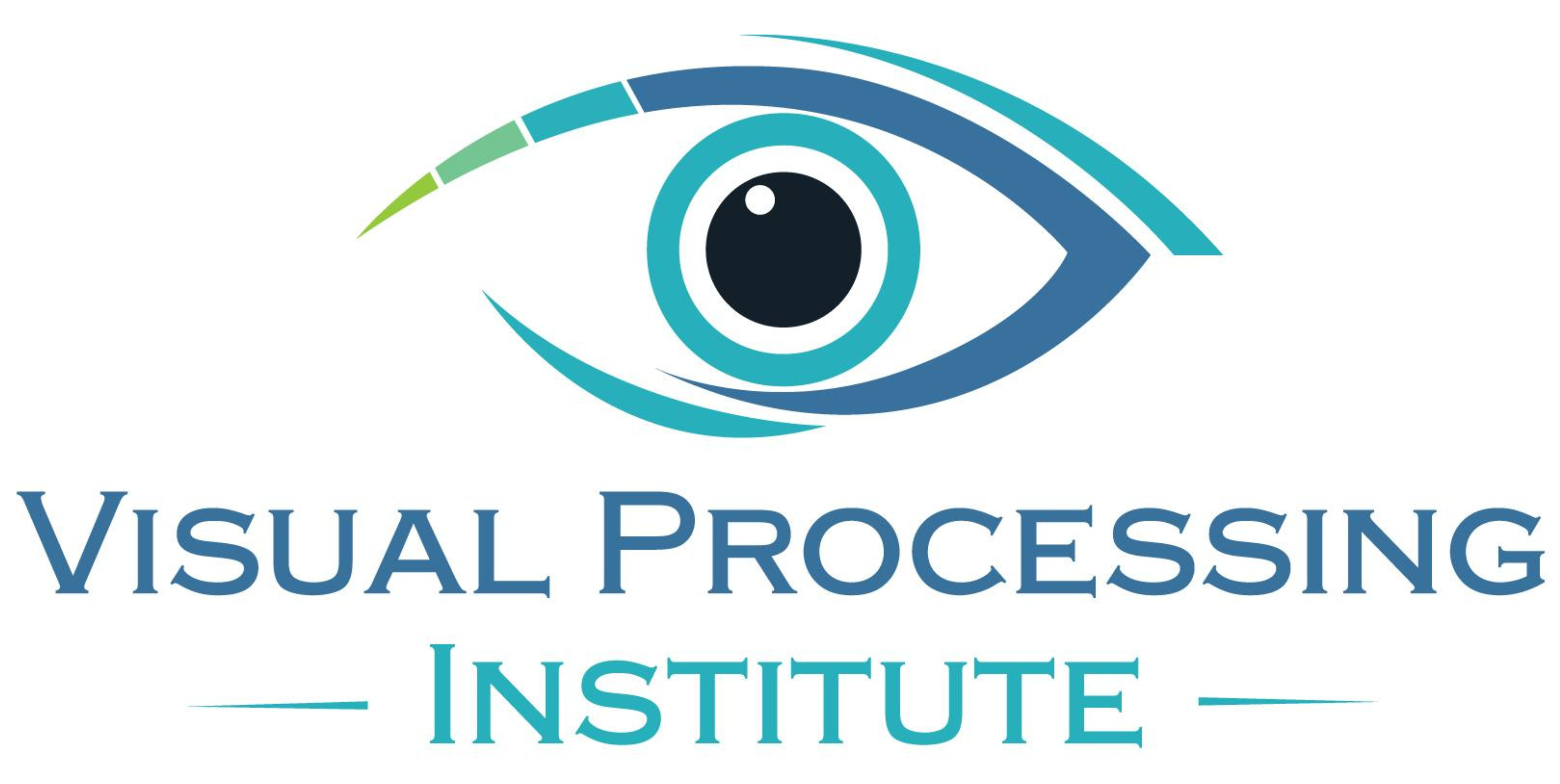Dyslexia is a learning disability that affects a person’s ability to read, write, and spell. It is estimated that around 10-15% of the population worldwide have dyslexia, making it a common condition that can have a significant impact on a person’s academic and professional life. While dyslexia is often associated with difficulty in reading, recent research suggests that there may be a connection between vision therapy and dyslexia.
Vision therapy is a specialized program designed to improve the function and coordination of the eyes. It involves a series of exercises and activities aimed at strengthening eye muscles, improving focus, and enhancing visual processing skills. While vision therapy is commonly used to treat conditions such as strabismus (crossed eyes) and amblyopia (lazy eye), there is growing evidence to suggest that it may also be beneficial for individuals diagnosed with dyslexia as the diagnosis may actually be a misdiagnosis as over 30% of the population actually has binocular vision dysfunction which is more common than dyslexia and causes the same symptoms but is never check for.
One of the key symptoms of dyslexia is difficulty in tracking and following lines of text. People with dyslexia may report experiencing blurred or double vision, eye strain, and fatigue when reading but these symptoms are actually from the missed binocular vision dysfunction. These visual problems can make it challenging for individuals with dyslexia to accurately process written information, leading to difficulties in reading comprehension and fluency.
Recent studies have found that Vision therapy for reading problems can help improve the visual skills of individuals with dyslexia. By training the eyes to work together more efficiently and enhancing visual processing abilities, vision therapy may help individuals with dyslexia overcome some of the visual challenges that contribute to their reading difficulties.
In a study published in the journal Frontiers in Psychology, researchers found that children with dyslexia who underwent vision therapy showed significant improvements in their reading abilities compared to those who did not receive vision therapy. The researchers concluded that vision therapy may be a promising intervention for individuals with dyslexia, particularly those who have underlying visual processing deficits.
While vision therapy alone may not be a cure for dyslexia, it can be a helpful addition to a comprehensive treatment plan that includes other interventions such as specialized reading instruction, speech therapy, and educational support. By addressing the visual aspects of dyslexia, vision therapy can help individuals with dyslexia develop more efficient reading skills and improve their overall academic performance.
In conclusion, the connection between vision therapy and dyslexia is an emerging area of research that holds promise for individuals with dyslexia. By improving visual processing skills and enhancing eye coordination, vision therapy for reading problems may help individuals with dyslexia overcome some of the visual challenges that contribute to their reading difficulties. As more research is conducted in this area, vision therapy may become an important component of dyslexia treatment programs in the future.
——————-
Check out more on Vision therapy for reading problems contact us anytime:
Visual Processing Institute
https://www.visualprocessinginstitute.com/
Irvine, United States
The Visual Processing Institute has the Largest and Most Technologically advanced vision therapy and vision rehabilitation clinics in Southern California. Serving Los Angeles & Orange County with innovative vision therapy.
We Diagnose, Treat, and often Cure Binocular Vision Dysfunctions and Visual Processing Deficiencies that one either has delayed in development from birth or acquired from a brain injury or concussion.

